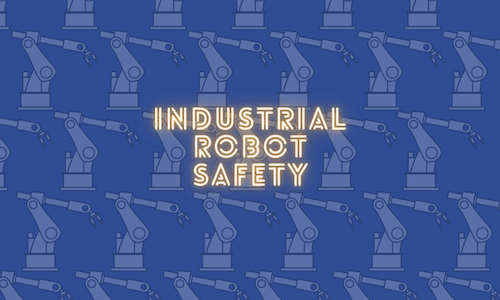A tragic accident took place in South Korea when a robot identified a human worker as a box of vegetables. The robot’s job was to place boxes of beets on a conveyor belt. He placed the man there instead, crushing him in the process. This type of accident is rare. With the rise of cobots, robots designed to work alongside humans rather than behind barriers, humans are in less direct danger from machinery.
At the same time, there is evidence that managers begin to expect human beings to work at the rate of robots when automation increases in workplaces, inadvertently leading to the endangerment of human workers. In warehouse settings, picking may be done collaboratively by humans and cobots, putting the human workers in closer contact with the machines. Or it may be zone-based, keeping human workers in a single spot performing repetitive tasks for long hours. Either way, automation can lead to a faster work pace with less variety of action and movement. This type of work is unnatural for human bodies, and can lead to injury.
The coexistence of robots and humans in manufacturing facilities introduces unique safety challenges. Unlike traditional industrial robots that are isolated behind safety barriers, collaborative robots (cobots) are designed to work alongside human operators, sharing the same workspace. This human-robot collaboration requires careful planning and safety protocols to prevent accidents and injuries.
Key Considerations for Safe Human-Robot Collaboration
1. Risk Assessment
Manufacturers should conduct a comprehensive risk assessment to identify potential hazards associated with human-robot interaction. This assessment should consider factors such as robot speed, force, and reach, as well as the proximity and nature of tasks performed by humans and robots. By understanding the risks, you can develop effective safety strategies.
2. Proper Training
Human workers must receive adequate training to work safely around robots. They should understand the robot’s capabilities and limitations, be aware of potential hazards, and know how to respond in emergency situations. Regular training updates are essential to keep employees informed about the latest safety procedures.
3. Protective Barriers
While collaborative robots are designed to work in close proximity to humans, physical barriers or protective shields can be used to create a clear separation when necessary. These barriers serve as a first line of defense to prevent accidental contact between humans and robots.
4. Sensing and Vision Systems
Robots equipped with advanced sensors and vision systems can detect the presence of humans and adjust their movements accordingly. These systems can slow down or stop the robot’s operation if a person enters the robot’s workspace, reducing the risk of collisions and injuries.
5. Safe Programming
The robot’s programming is critical to ensuring safe human-robot collaboration. Collaborative robots should be programmed with specific safety parameters to prevent them from exceeding predefined speed and force limits. This limits the potential harm in case of contact with a human.
6. Emergency Stop Devices
Every human-robot collaboration workspace should be equipped with easily accessible emergency stop buttons. These buttons allow human operators to halt the robot’s operation in case of an emergency, preventing potential accidents.
7. Regular Maintenance
Proper maintenance of robotic systems is essential to ensure they function safely. Routine inspections and maintenance checks can identify and address any issues before they become safety hazards.
When you use Indramat motion control systems, you may be using legacy components that don’t have the most current safety mechanisms. Make sure they’re in the best condition to reduce danger. Contact us for service and support of all your Indramat equipment.



